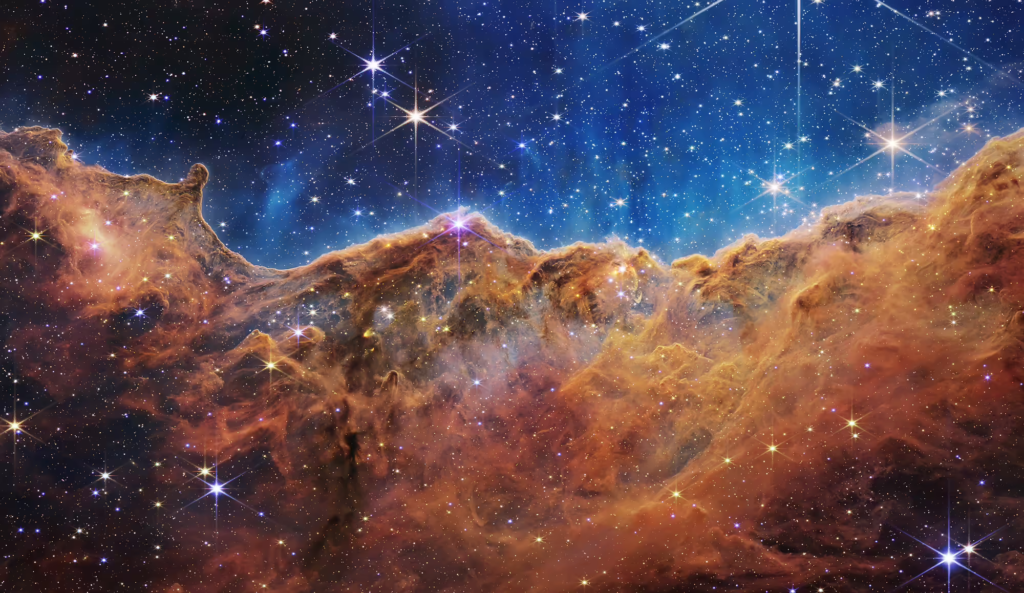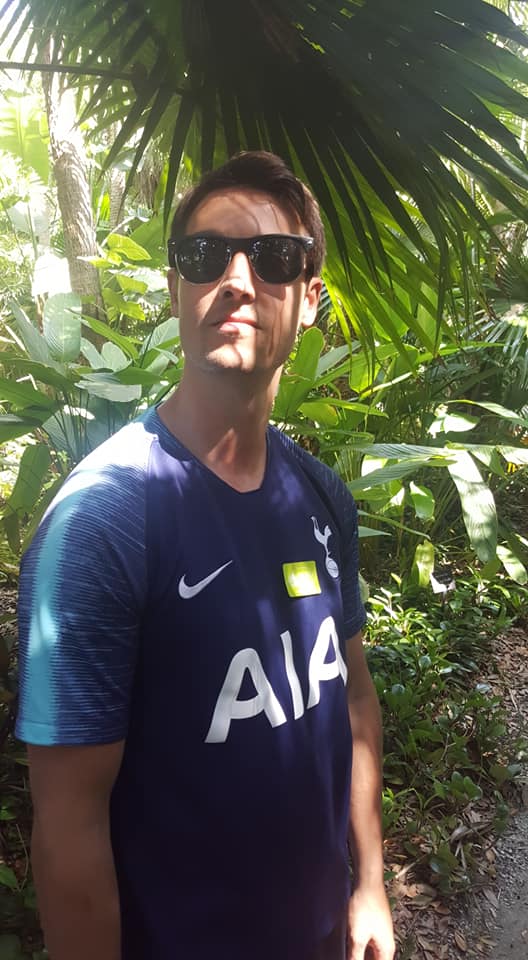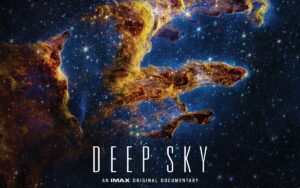NASA revealed the first 5 images taken by the fully operational James Webb Space Telescope, Tuesday. Streaming live from the Goddard Flight Center in Maryland, scientists presented the photos one by one accompanied by detailed explanations of the unpresented photos.
A team of over 20,000 engineers and scientists worked over the course of more than 20 years leading up to JWST’s launch on Christmas day 2021. Here are the first official images from NASA’s newest deep field observatory.
Image 1: Deep Field Photo of a Cluster of Galaxies

We’re seeing these galaxies as they looked over 13 billion years ago, around the same time our Sun was born. If you zoom in, you can see individual clusters of stars forming, and the background of the photo contains faint red galaxies. Capturing deep-field images in such detail is exactly what JWST was designed to do, according to operations project scientist, Jane Rigby.
“The amazing thing about Webb is the speed at which we can churn out discoveries,” she said. “We’re going to be doing discoveries like this every week.”
In comparison, the Hubble extreme deep field took two weeks of continuous work of just imaging for a photo with less than half the clarity of this one. “With Webb, we took that image before breakfast,” said Rigby.
Image 2: Exoplanet
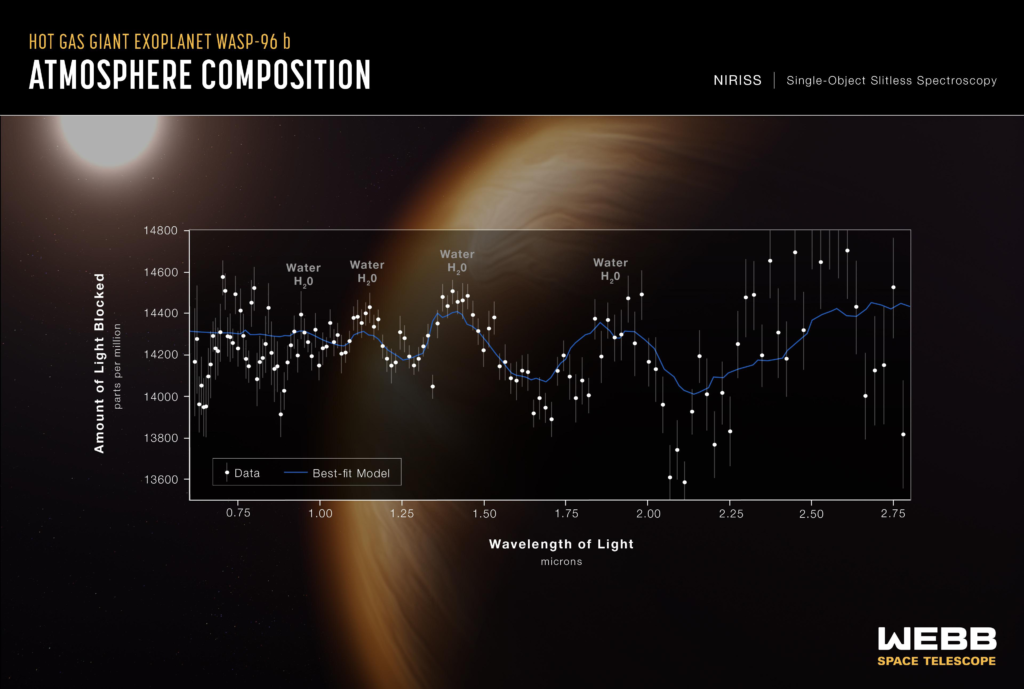
WASP 96-b is an exoplanet 1000 light years away — which is relatively close on a universal scale. It is a hot, gaseous, giant planet, similar to Jupiter. The biggest breakthrough JWST provided about the planet, however, is that Wasp 96b shows evidence of having atmospheric water, which is essential to sustaining life. Nicole Colon, exoplanet scientist at NASA, announced she and her team will continue to investigate exoplanets, Mars, and asteroids using the JWST.
Image 3: Southern Rain
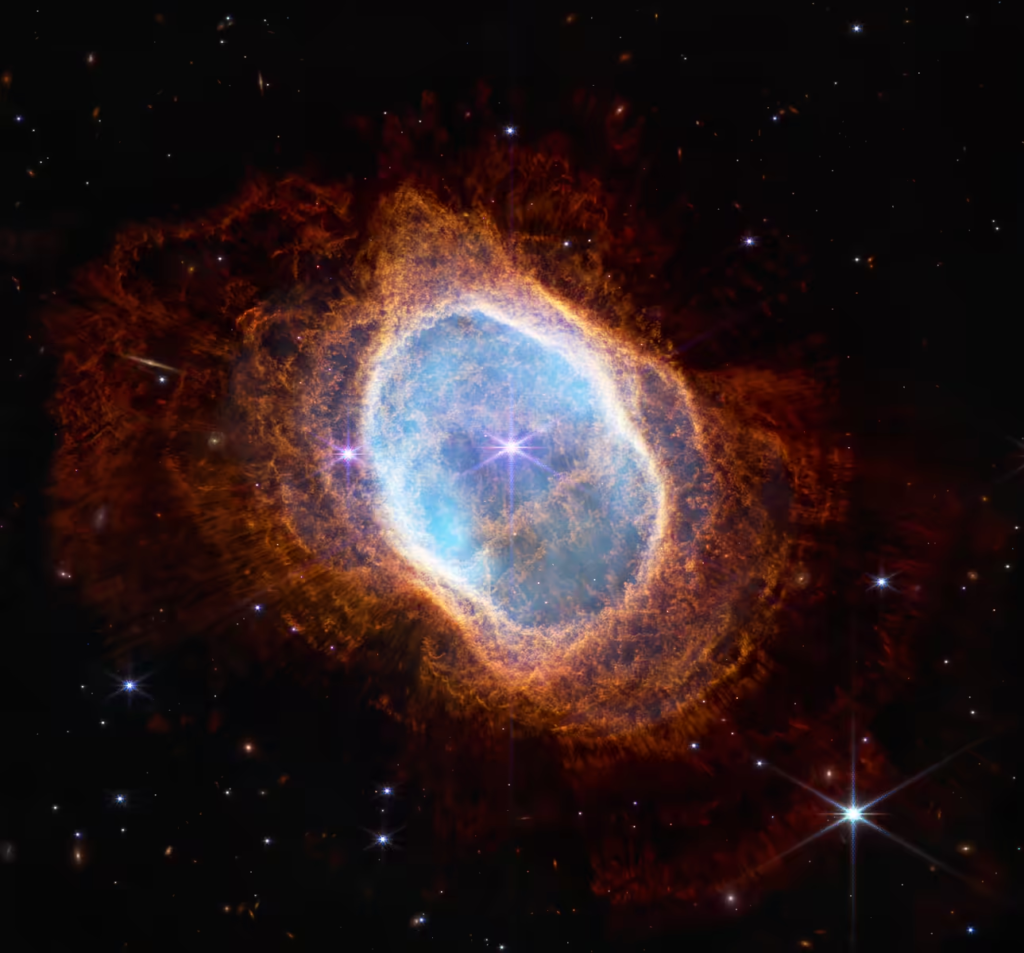
Nicknamed “Southern Rain,” this planetary nebula is an image of a dying star expelling a large fraction of it’s mass in successive waves. It is reminiscent of a cell dividing because this nebula was a binary star.
Newly firmed molecular hydrogen gives it a foamy orange aesthetic emanating from the core of the nebula. There is a blue haze in the inner region due to hot ionized gas heated by the leftover core of the exploding star. The rays in the outer regions are holes in the inner nebula that are allowing the light to come out and light it up like patchy clouds with the sun shining through.
Image 4: Stephan’s Quintet

This image shows 5 galaxies located 300 million light years away from Earth. The middle galaxies on the right are locked in a closed interaction — a cosmic dance driven by gravitational force.
“This is an important image and are to study because it shows the type of interaction that drives the evolution of galaxies,” said Webb NIRSpec scientist, Giovanna Giordino.
Image 5: Carina Nebula

A stunning vista of the cosmic cliffs of the Carina nebula reveals new details about this vast stellar nursery.
“Today, for the first time, we’re seeing stars that were previously completely hidden from our view,” said web deputy project scientist, Amber Straughn. “There’s a sense of depth and texture from these new data.”
The Karina nebula is a near star-forming region within the milky way galaxy, about 7600 light years away. This photo shows examples of new stars we’ve never seen before, and features like bubbles, cavities, and jets and jets that are being blown out by newborn stars abound.
There are gigantic hot, young stars toward the top of the rim; stellar wind from those stars is pushing down into the gas and dust of the nebula — great material for newborn stars and baby planets.
Every dot of light we see here is an individual star, many which also likely have planets orbiting them.



